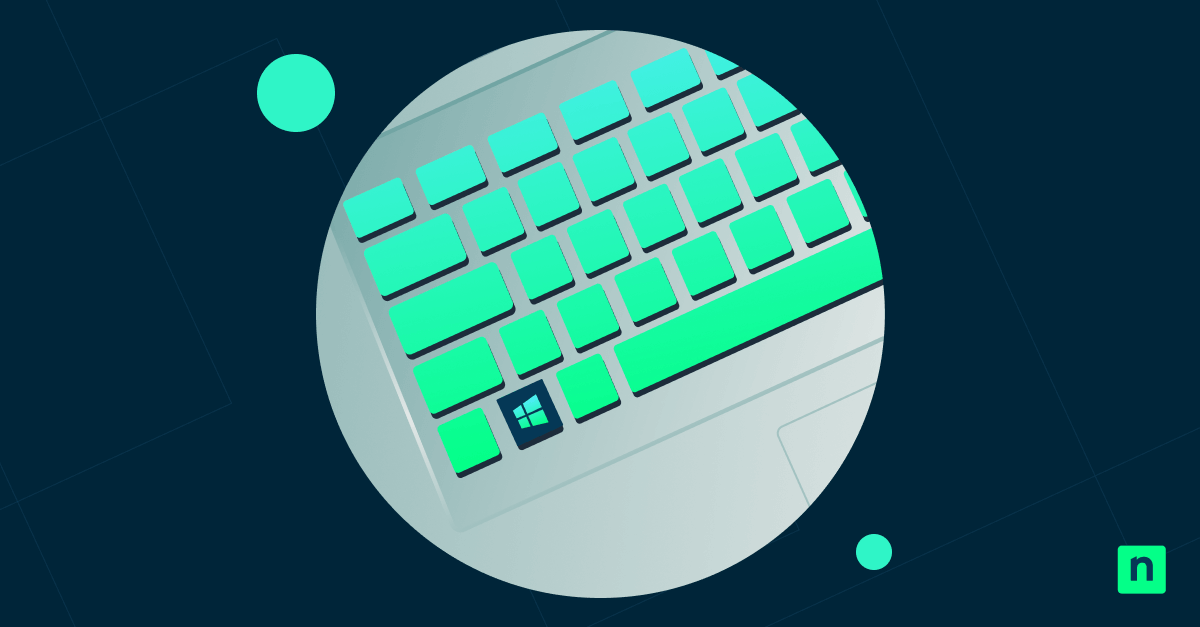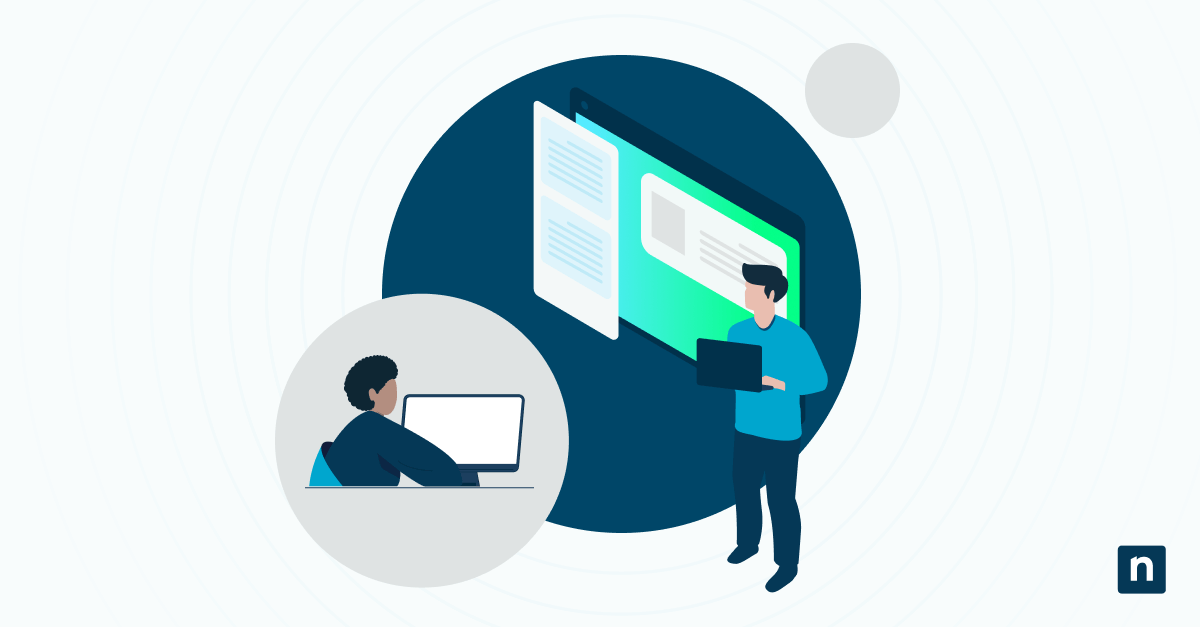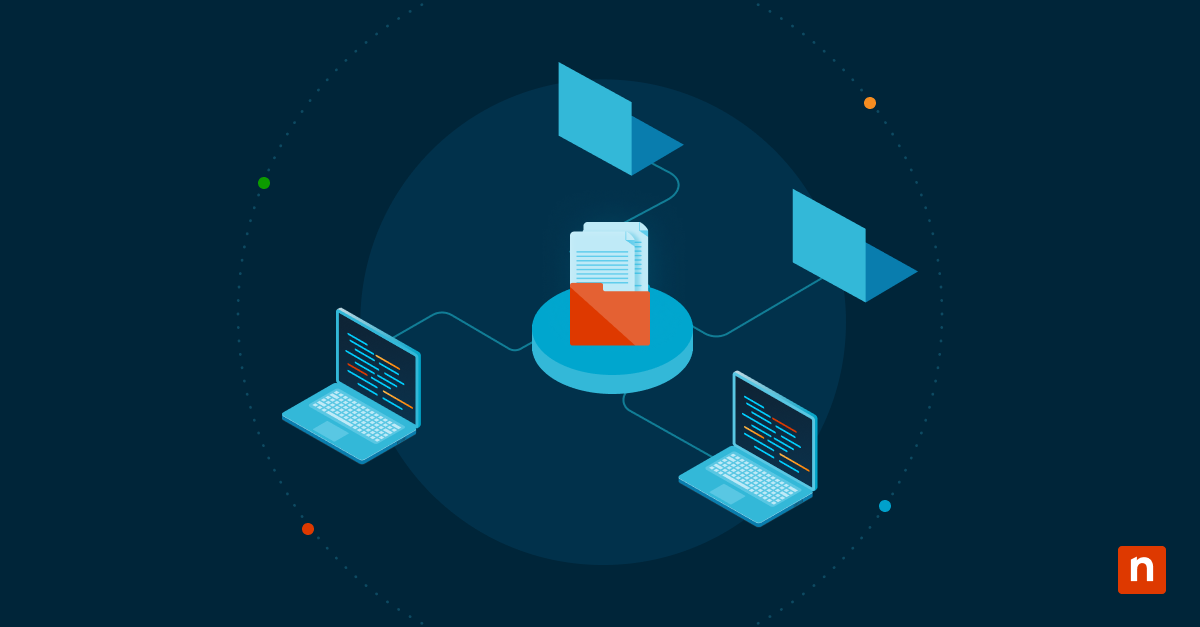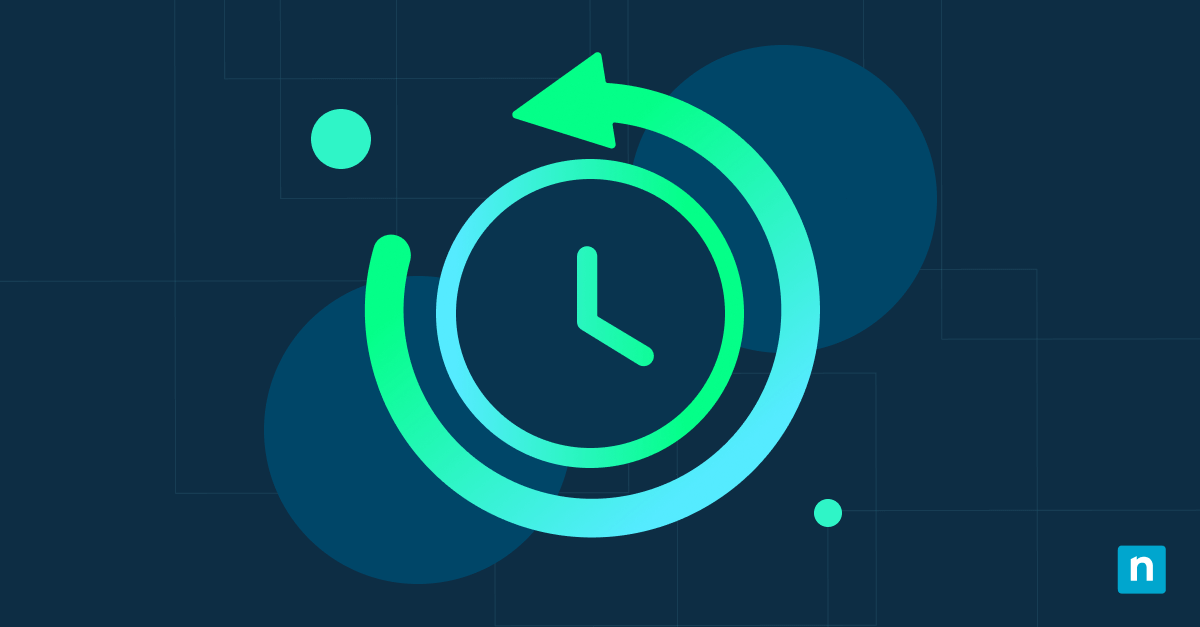Key Points
What Is PSA (Professional Services Automation)?
PSA software manages and automates core business processes, such as ticketing, documentation, project management, billing, reporting, and documentation, in one centralized platform.
- Who Uses PSA? MSPs and organizations in industries like accounting, digital marketing, consulting, IT, and legal combine PSA with RMM tools to unify IT service delivery with business operations.
Core Features of PSA Software
- CRM: Centralizes client contacts, sales pipelines, and communication.
- Resource utilization: Assigning the staff and tracking billable hours.
- Billing & invoicing: Automates invoice generation to shorten billing cycles.
- Ticketing: Manage, track, and resolve tickets.
- Documentation: Acts as a single source of truth for standardized procedures, checklists, and references to informative articles.
- Security & compliance: Control access and protect client data.
- Marketing/sales: Support the full client lifecycle from opportunity to retention.
PSA Benefits
- Maximizes resource utilization: Matches staff availability with demand.
- Automated reports: Real-time dashboards drive data‑informed decisions.
- Boosts client satisfaction: Improves transparency and communication.
- Reduces administrative workload: Automates repetitive workflows.
- Enhances business visibility: Centralizes critical processes and analytics
PSA and RMM Integration
- Streamlines time‑tracking, ticket creation, and incident alerts directly from remote monitoring tools.
- Eliminates manual data entry, enhancing efficiency and reducing errors
- Unifies IT operations and business management
Professional services automation (PSA) is a type of software dedicated to managing central business processes. PSA centralizes tools that automate time-consuming procedures and manage resources across different client projects. This allows organizations to focus more on the actual delivery of services to their customers rather than repetitive tasks.
A PSA system completes business-critical functions and operational and administrative tasks to improve your IT efficiency. By centralizing project details and data in a centralized location, you create better transparency among your team members and allow your IT technicians and managers to better plan and manage your various projects.
Speed up your processes with an IT management solution that integrates PSA and RMM.
Who uses professional services automation?
Professional services automation is used by a wide array of professionals, such as accounting firms, digital marketing agencies, software companies, technology consultants, and more. Basically, any business that provides “professional services” of any kind can benefit from using this software.
When it comes to managed IT services, MSPs use PSA software as a core tool to manage and run a profitable business.
Typically, MSPs require two software categories to provide their customers with the best service. These are:
- Remote monitoring and management (RMM)
- Professional services automation (PSA)
An RMM platform helps IT customers monitor, manage, and secure their endpoints in a single pane of glass. This comprehensive solution automates the hardest parts of IT so that your IT technicians can focus on more strategic projects. In shopping for the best RMM software solution, it’s vital that you choose one that offers the best features-to-price ratio. Regardless, your RMM focuses on the daily tasks needed to fulfill your MSP service level agreement obligations.
On the opposite end of the coin is your PSA, which supports the management of your MSP and ensures that all your team members are working to expectations.
While there are obvious overlaps between PSAs and RMMs, there are distinct differences to take note of, not least of which is their core functions. Keep in mind: An RMM helps you remotely monitor and manage endpoint devices, whereas a PSA handles business processes, such as time-tracking and invoicing.
Accordingly, it is highly recommended that your MSP utilize both RMM and PSA to realize better business outcomes. Improve service workflows and reduce admin burden. Watch What is Professional Services Automation (PSA) Software? to see PSA in action.
Understanding PSA is easier when you understand the IT priorities
Types of PSA software
-
Standalone PSA software solutions
Standalone PSA platforms are dedicated solutions designed specifically to manage the core functions of professional services. While they can offer feature-rich capabilities for service management, they can be lacking in complex IT environments without third-party app integration.
-
Integrated PSA software solutions
Integrated PSA systems are part of a broader IT management platform, combining PSA capabilities with tools like RMM, endpoint management, patching, and automation within a single interface. This unified approach eliminates the need for multiple tools and manual data syncing, offering greater efficiency, real-time visibility, and centralized control. Integrated PSAs are especially beneficial for MSPs and IT teams that want to simplify operations, improve responsiveness, and reduce the overhead of managing multiple systems.
Core features of professional services automation
Professional services automation software provides a central hub for you to track and manage major business operations. A few core features of professional services automation include:
Customer relationship management (CRM)
A CRM system enables you to keep track of your customer relationships through contact management, marketing, sales management, and more.
Resource utilization
PSA gives you better visibility into current customer projects and the resources you have. You can make sure that resource management is optimized and that you have the right resources for the right projects.
Billing and invoicing
Proper billing is critical, especially for MSPs. Use PSA to streamline this important process so you can guarantee that the correct invoices are generated.
Ticketing
Create and view tickets within PSA software. It gives you a central location for all your tickets where you can easily manage, track, and respond to them.
Documentation
PSA software can store and provide technicians with access to essential documentation of standardized procedures, checklists, and references to informative articles to help them perform their jobs efficiently.
Security and compliance
Make sure customer data is secure and you have reliable operations. PSA provides centralized access to data and allows technicians to access that information using proper credentials.
Other marketing or sales tools
Within PSA software, you can manage and automate your entire customer lifecycle using paired tools.
Benefits of professional services automation software
1. Maximize resource utilization
Within any organization, there are typically many resources that are available, whether it’s software or employees. Because of this, it can be difficult to track whether or not you’re effectively using all your resources. Resource utilization measures simply how much you’re using the available resources.
For MSPs, PSA software enables them to match workload demand with sufficient resources by ensuring just enough technicians are assigned to the right positions.
2. Automate reporting
Professional services automation can automate many tasks, just like the name suggests, but one of the key benefits is automated reporting. Because it centralizes all your organization’s service processes, it can easily generate a report and provide real-time data that gives you insight into how well these processes are working.
3. Increase client satisfaction
Using PSA software can assist you in direct communication with your clients to ensure that their needs are being met through your business. Professional services automation helps keep you organized and on track to deliver quality service to your customers.
4. Decrease administrative tasks
Many administrative tasks are repetitive and tedious, and they can be really big-time consumers. Professional services automation solves this problem by automating simple admin tasks, which leaves more time for you to address more complex tasks and get more done overall.
5. Better visibility
There are many processes and operations needed to run a successful professional services business, and it can be challenging to remember and keep track of them all. Professional services automation brings all these together in a central location and is an easy solution to feeling spread thin. It also gives you increased visibility into all the workings of your business, so you can see, in real-time, how these operations work together.
Disadvantages of professional service automation software
1. Learning curve
As with any system, transitioning may require training and adjustment. Even the most experienced IT technician may need time to adapt to your chosen PSA software. During this transition period, your productivity may be affected.
2. Feature gaps
Some PSA software may not cover all sales, service delivery, and resource management aspects. To ensure more comprehensive software, it is recommended that you work with a trusted RMM, such as NinjaOne, that integrates with leading PSAs.
3. Integration
Check whether your chosen PSA can integrate with your current platform. The best way to eliminate this risk is to work with an RMM with PSA integrations. This way, you never have to worry about any integration limitations.
How to choose a PSA software solution
Selecting the best PSA software for your organization begins with identifying your organization’s specific needs and long-term goals. Choose PSA software that best aligns with those requirements. Understanding your pain points will help you pinpoint essential features. Here are some features you should look for in a PSA software:
-
Seamless integration
Ensure the PSA solution you choose integrates seamlessly with your existing applications, especially with your IT management tools. This eliminates workflow disruptions and enhances operational consistency. For example, ticketing software that integrates with your remote access software allows technicians to address tickets and resolve issues more efficiently.
-
Scalability
Choose PSA software that can accommodate your business as it grows. Increased workloads can lead to bottlenecks, but the process of replacing software that can’t keep up with evolving needs can be costly and time-consuming.
-
Ease of use
An overly complex PSA solution can slow down workflows, leave features underutilized, and demand more time from users to learn. User-friendly PSA software ensures smoother day-to-day operations.
Integrate RMM & professional services automation software
Integrating your RMM software with your PSA software can save you from having to do the same work twice. If you don’t integrate them, then all the work you’re doing in your RMM, you have to manually transcribe into your PSA. Some other main advantages of integrating the two solutions include:
- Helpful for time tracking
- Provides automatic ticket creation
- Assists with incident identification
- Allows for proactive management
Manage clients and contracts alongside endpoint devices with NinjaOne’s all-in-one solution.
💻 Find out which PSAs NinjaOne integrates with
NinjaOne integrates with PSA solutions
NinjaOne is a unified IT management solution that helps MSPs effectively monitor and manage IT environments. By creating tight integrations with leading PSA software solutions, it forms a central console that can serve as the source of truth for both IT and business operations. Reach out to NinjaOne and start with a free trial.








